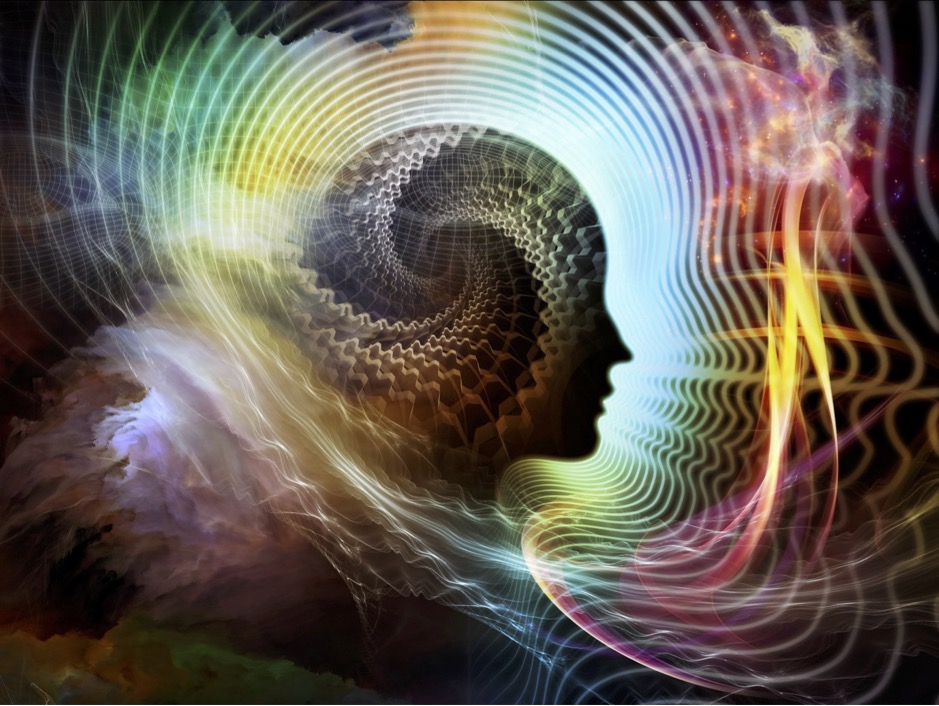Eye Movement Desensitisation and Reprocessing (EMDR) has long been recognised as a powerful, evidence-based therapy for addressing trauma. Its structured eight-phase protocol, developed by Francine Shapiro, was initially met with scepticism but has since gained widespread endorsement for its ability to bring relief to those suffering from post-traumatic stress. Beyond its clinical use, EMDR also has a deep spiritual dimension, one often overlooked in more traditional or mechanistic views of trauma recovery.
When therapy is delivered through a spiritually attuned and trauma-informed perspective, EMDR becomes more than just a symptom-relief tool; it transforms into a sacred process of integration and healing. This is where neuroscience intersects with the soul. Trauma often leaves people fragmented, not only in memory or nervous system function, but in identity, belief, and connection.
It can shatter a person’s sense of self, safety, and meaning. For many, the impact of trauma is not only psychological or physiological; it echoes through existential and spiritual realms. Clients often describe feeling broken, disconnected from their inner compass, from others, and even from the divine or a sense of wholeness.
EMDR, when facilitated with attunement and reverence for these deeper layers, becomes a bridge back to that lost connection. Each bilateral movement, whether through eye tracking, tapping, or auditory stimulation, does not merely mimic REM sleep or enable dual attention; it creates a rhythmic invitation for the nervous system to release what has been held too tightly, for too long, and to reweave new meaning from the fragments.
In a trauma-informed setting, EMDR honours the nervous system’s protective mechanisms, never rushing the process, but instead respecting the client’s pace, capacity, and consent. When therapists create space for the sacred within this framework, they open a channel through which the client’s inner wisdom can arise. This might resemble moments of deep, intuitive knowing during a reprocessing set, or a sudden bodily sense of peace, warmth, or presence. These moments cannot always be explained by cognitive models alone; they reflect something more archetypal, perhaps even mystical.
EMDR allows for this sacred emergence because it does not require the client to verbalise, rationalise, or analyse their way through pain. Instead, it will enable the body and deeper unconscious processes to lead the way. This aligns with somatic and polyvagal understandings of trauma, which emphasise the body’s implicit memory and its innate drive toward safety and restoration.
Incorporating a spiritual perspective into EMDR does not mean enforcing religious beliefs or rituals. Instead, it involves creating space for the client’s sources of meaning, whether that’s nature, intuition, ancestral roots, or a deep sense of something beyond the self. It may include inviting imagery that fosters connection or safety, or recognising the profound grief and longing that often come with trauma.
It can also mean understanding that healing isn’t solely about regaining function but about reclaiming one’s dignity, agency, and inner truth. In many Indigenous and wisdom traditions, trauma is viewed not just as an injury but as a wound of the soul. EMDR, when approached with soulful sensitivity, can become a ceremony of remembrance and return.
Therapists trained in EMDR often describe their role not as fixers, but as witnesses, observer, someone who walks alongside the client through the landscape of their inner world. This witnessing becomes even more powerful when the therapist recognises the sacredness of the journey.
When clients engage in a reprocessing session that explores preverbal, ancestral, or existential themes, they may require not only psychological containment but also spiritual grounding. A trauma-informed and spiritually attuned therapist understands how to honour both: the need for clinical stability and the presence of mystery.
As clinicians, we must remember that healing does not always come through language or linear storytelling. Sometimes, it arrives as a felt shift, an exhale, or a tear that wasn’t accessible before. EMDR creates a space where this kind of transformation can happen, not through force, but through rhythm, trust, and presence. When approached with care, it becomes more than a technique; it becomes an offering. It is an invitation for integration, a journey back to one’s centre, and a sacred unfolding of what it means to be whole.
References
1.- Shapiro, F. (2017). Eye Movement Desensitization and Reprocessing (EMDR) Therapy: Basic Principles, Protocols, and Procedures. Guilford Press.
2.- Porges, S. W. (2011). The Polyvagal Theory: Neurophysiological Foundations of Emotions, Attachment, Communication, Self-regulation. W.W. Norton & Company.
3.- Van der Kolk, B. A. (2014). The Body Keeps the Score: Brain, Mind, and Body in the Healing of Trauma. Viking.
4.- Levine, P. A. (2010). In an Unspoken Voice: How the Body Releases Trauma and Restores Goodness. North Atlantic Books.

